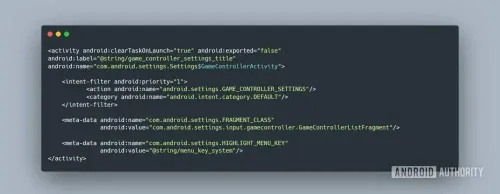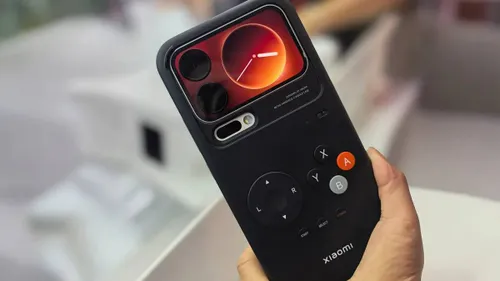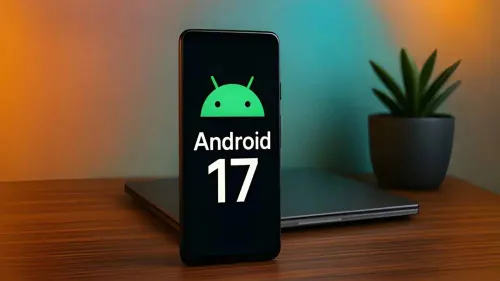Android 17 Reworks Game Controls From the Ground Up
For years, Android has relied on a handful of preset button layouts. They worked well enough for casual play, but anyone who tried a custom controller setup knows the limits. You often needed third-party tools, and even then, things could break after a small update.
Android 17 introduces proper system-level remapping. It sits inside the OS rather than in apps, which should make it both cleaner and more stable. Google even added a new permission layer to keep the process secure.
I’ve tested plenty of controllers on Android over the years, and the lack of native support always felt like the platform’s weak link. This change fixes a problem many players had simply learned to live with.

A Dedicated Gamepad Menu Inside Settings
It sounds small, but it brings consistency to something that has been messy for a long time. Various brands handle controllers in different ways, and centralizing everything inside the OS feels like a step Android should have taken years ago.
This aligns well with Xiaomi’s current direction. HyperOS leans heavily on performance tuning, especially on Snapdragon 8-class devices, so a unified controller system gives Xiaomi more room to polish gaming features.

Virtual Controller Tech That Works Like the Real Thing
The most interesting part of Android 17 is probably the virtual controller framework. It’s not just an overlay. It behaves like actual hardware, with full support for sticks, triggers, face buttons, and a D-pad. Games pick it up as if it were a real gamepad.
That alone opens the door for a lot of mobile titles that never bothered to add controller support. Touch-to-button mapping fills the gaps, giving players a physical-style alternative even when a game doesn’t offer one.
Anyone who uses cloud gaming or emulators will feel the difference. Xiaomi phones already handle those workloads well, and this system-level layer means fewer compromises. It’s a quiet but meaningful upgrade.

Why Xiaomi Might Stand Out
If HyperOS 4 builds on Android 17’s foundations, Xiaomi phones could end up offering one of the smoother gaming experiences in the Android world. Devices that follow the Xiaomi 15 line or the next Xiaomi Pad models might feel surprisingly close to modern handheld consoles.
What I find interesting is the timing. Mobile gaming is moving fast—cloud services, emulators, and cross-platform titles are everywhere. A more flexible control system lands at exactly the right moment for Xiaomi users who already push their devices hard.

A Practical Step Toward Console-Like Play
We’re still months away from the full Android 17 rollout, but the direction is clear. Google is tightening the basics, and Xiaomi has a chance to turn those changes into something players will notice every day. With HyperOS 4, the gap between a smartphone and a dedicated handheld could become noticeably smaller.
Five Key Takeaways
- Android 17 adds system-level game controller remapping.
- A new settings page will make controller setup easier and more consistent.
- Virtual controller tech lets games read software inputs as real hardware.
- Xiaomi can use these tools to push HyperOS 4 toward console-style gaming.
- Cloud gaming and emulators will likely gain the biggest improvements.
